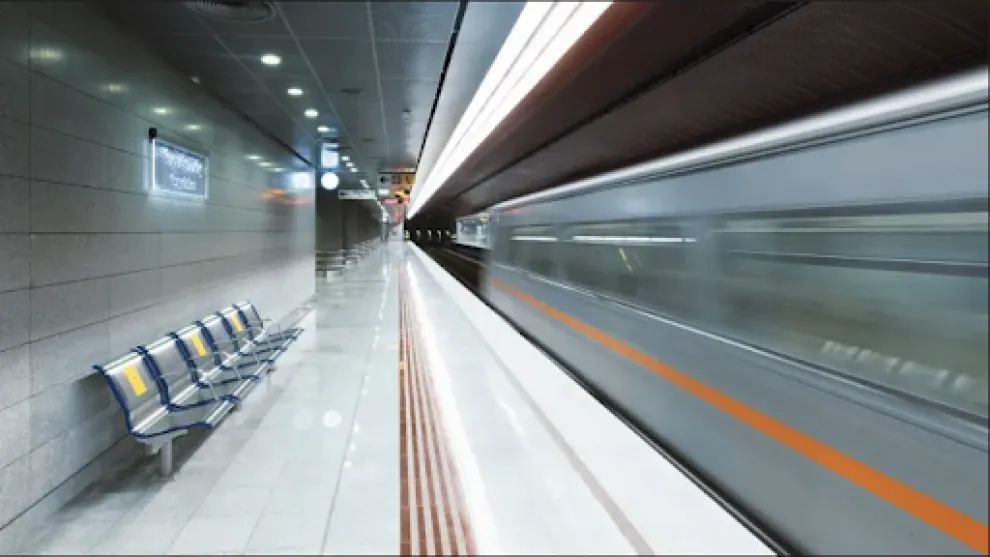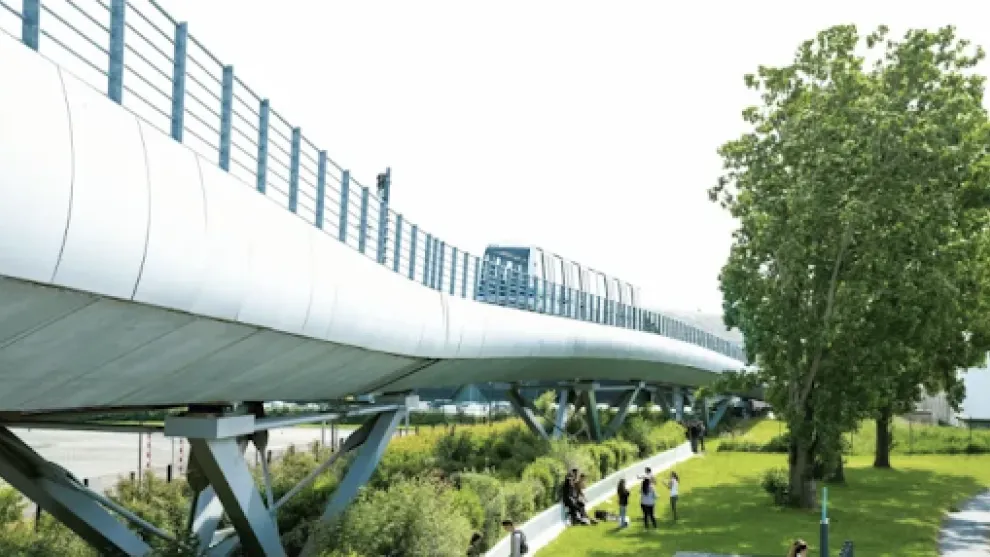
Lafarge UAE & Oman: Summer of Safety Campaign 2023
The world is facing a climate crisis. In order to mitigate the effects of climate change, we need to make a drastic shift to a more sustainable way of life. This includes making our infrastructure more sustainable.
One of the most important aspects of sustainable infrastructure is green mobility. Green mobility refers to the use of low-carbon transportation options, such as electric vehicles, public transportation, and walking and biking.
There are many benefits to green mobility. First, it helps to reduce greenhouse gas emissions. Second, it improves air quality. Third, it can help to reduce traffic congestion. Fourth, it can make our cities more livable.
There are a number of ways to make our infrastructure more conducive to green mobility. One way is to invest in public transportation. This includes building new light rail lines, expanding bus routes, and making it easier to walk and bike. Another way is to create more charging stations for electric vehicles. Finally, we need to make it easier for people to get around without a car. This includes providing more affordable housing near public transportation and creating more walkable neighborhoods.
Making our infrastructure more sustainable is a challenge, but it is one that we must meet. Green mobility is a key part of the solution. By investing in green mobility, we can help to create a more sustainable future for our planet.
There are a number of ways that we can make infrastructure more sustainable. Here are a few examples:
- Use sustainable materials: When building new infrastructure, we can use sustainable materials such as recycled concrete and timber. These materials have a lower environmental impact than traditional materials such as concrete and steel.
- Design for energy efficiency: We can design infrastructure to be more energy efficient by using features such as solar panels and insulation. This can help to reduce the amount of energy needed to operate the infrastructure, which can save money and reduce emissions.
- Use smart technology: We can use smart technology to make infrastructure more sustainable. For example, we can use sensors to monitor energy use and adjust it accordingly. We can also use smart traffic lights to reduce congestion and improve air quality.
By making these changes, we can make infrastructure more sustainable and help to protect the environment.
There are many benefits to sustainable infrastructure. Some of the benefits include:
- Reduced environmental impact: Sustainable infrastructure has a lower environmental impact than traditional infrastructure. This is because sustainable infrastructure uses less energy, produces fewer emissions, and uses more sustainable materials.
- Improved air quality: Sustainable infrastructure can help to improve air quality by reducing emissions from vehicles and other sources. This can lead to improved health outcomes for people who live and work near the infrastructure.
- Increased resilience: Sustainable infrastructure is more resilient to extreme weather events such as floods, storms, and droughts. This is because sustainable infrastructure is designed to withstand these events without causing significant damage.
- Economic benefits: Sustainable infrastructure can create jobs and boost the economy. This is because the construction and operation of sustainable infrastructure requires a skilled workforce and generates revenue for businesses.
The future of sustainable infrastructure is bright. There is a growing demand for sustainable infrastructure from governments, businesses, and individuals. This demand is being driven by a number of factors, including the need to reduce greenhouse gas emissions, improve air quality, and increase resilience to extreme weather events.
As the demand for sustainable infrastructure grows, the cost of sustainable infrastructure will decrease. This is because the cost of sustainable materials and technologies is decreasing. As the cost of sustainable infrastructure decreases, more and more people will be able to afford it.
The future of sustainable infrastructure is bright. Sustainable infrastructure is the key to a more sustainable future.

Switzerland’s Gotthard tunnel, recycling materials from the world’s longest and deepest tunnel.





